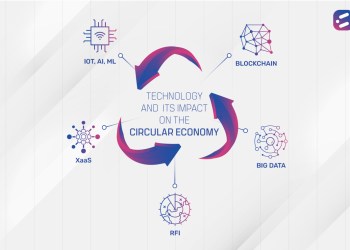Data migration, as the term suggests, is the process of transferring data between two or more storage types. This may involve the transfer of data from one location to another, or even from one format to another. If you are planning to upgrade your existing storage system or integrate data from different sources into one common repository, then you will need to consider a data migration exercise.
In general, these are four scenarios in which data migration is carried out:
- Storage Migration: This type of migration involves the transfer of data from one type of hardware to another, in blocks of files.
- Database Migration: This is the migration type undertaken when an entire database needs to be handed over from one vendor to another when there is a change or upgrade to existing software. In database migrations, the data needs to be converted into a format compatible with the new software, without changing the schema.
- Application Migration: When an entire application needs to be changed, this type of migration is undertaken, usually with the help of a middleware product that will bridge any technology gaps.
- Cloud Migration: Cloud migration involves the transfer of data and applications from on-premise infrastructure to the cloud, or from one cloud platform to another.
MIGRATING DATA TO THE CLOUD
When it comes to cloud migration, one or more of the following strategies are employed:
Lift-and-shift
Also known as rehosting, this involves the “lifting” an application from its on-prem infrastructure, and “shifting” it to a new cloud-based infrastructure. A lift-and-shift is a quick, cost-effective migration. Another variant of the lift-and-shift migration is re-platforming, which adds one step to the original lift-and-shift to become lift-adjust-shift. Re-platforming involves replacing application codes so that they become cloud-native.
Technical Migration
A technical migration is one where the application is maintained as-is but is upgraded in terms of operating system and database. This type of migration is used when an application requires the enhanced scalability or automation benefits of the cloud while remaining fairly unchanged in terms of functionality.
Application Migration
Application migration takes technical migration one step further. In addition to the operating system and database, the application layer is also transformed. During an application migration, one or more of the following strategies is used:
- New system implementation: A rebuild or a replacement, using a SaaS application that serves the purpose
- System conversion: It refers to the making of extensive changes to the application landscape and the way the landscape is run
- Landscape transformation: A landscape transformation combines a system conversion with more structural changes to the landscape
To know more about how you can get started with cloud migration, take a look at our Cloud Migration Checklist.
Having successfully executed over 450 cloud migrations, CloudNow has the technical expertise and experience required to help you make a smooth, disruption-free move to the cloud. Get in touch with us today!













